 English
English Español
Español  Português
Português  русский
русский  Français
Français  日本語
日本語  Deutsch
Deutsch  tiếng Việt
tiếng Việt  Italiano
Italiano  Nederlands
Nederlands  ภาษาไทย
ภาษาไทย  Polski
Polski  한국어
한국어  Svenska
Svenska  magyar
magyar  Malay
Malay  বাংলা ভাষার
বাংলা ভাষার  Dansk
Dansk  Suomi
Suomi  हिन्दी
हिन्दी  Pilipino
Pilipino  Türkçe
Türkçe  Gaeilge
Gaeilge  العربية
العربية  Indonesia
Indonesia  Norsk
Norsk  تمل
تمل  český
český  ελληνικά
ελληνικά  український
український  Javanese
Javanese  فارسی
فارسی  தமிழ்
தமிழ்  తెలుగు
తెలుగు  नेपाली
नेपाली  Burmese
Burmese  български
български  ລາວ
ລາວ  Latine
Latine  Қазақша
Қазақша  Euskal
Euskal  Azərbaycan
Azərbaycan  Slovenský jazyk
Slovenský jazyk  Македонски
Македонски  Lietuvos
Lietuvos  Eesti Keel
Eesti Keel  Română
Română  Slovenski
Slovenski  मराठी
मराठी  Srpski језик
Srpski језик
How much do you know about the eight major misunderstandings of broken bridge aluminum doors and windows?
2021-06-10
In the past, due to backward technology and limited economic conditions, people did not have high requirements for the quality of doors and windows. Nowadays, many people pay more and more attention to doors and windows, so many new high-performance doors and windows have appeared one after another.
At present, the mainstream doors and windows on the market mainly include plastic steel windows, broken bridge aluminum windows, and aluminum clad wood windows. Among them, the price of plastic-steel windows is relatively low, but their performance is average and they are prone to aging and deformation; aluminum-clad wooden windows are relatively high-end, with the highest performance, but the price is relatively high; broken bridge aluminum windows are suitable for plastic-steel windows and aluminum-clad windows. Among the wooden windows, its performance is very good and the price is moderate, so it can be regarded as the mainstream of the current mainstream doors and windows.
So, how to buy broken bridge aluminum windows correctly, because many people don't know enough about broken bridge aluminum windows, there are many misunderstandings when buying them.
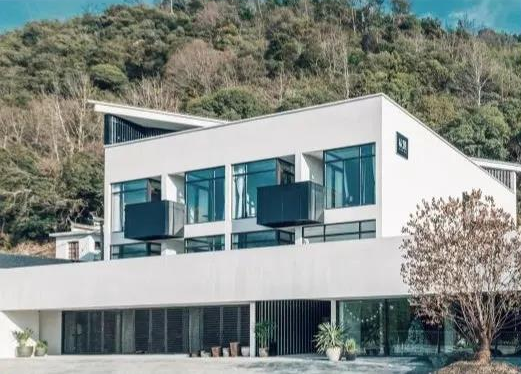
In fact, aluminum profiles are not as thicker as possible. The material and cavity structure of the profiles are also very important.
Aluminum profiles are divided into primary aluminum and secondary aluminum. Primary aluminum is refined and processed from aluminum ore, and secondary aluminum is re-melted from recycled aluminum products. If the two are compared, primary aluminum is definitely better, and secondary aluminum has a slightly worse performance. , But it is also a civil aluminum that is allowed and encouraged by the state. As for how to distinguish between primary aluminum and secondary aluminum, the simple way is to look at the cut surface. The cut surface of the primary aluminum is smooth and has no stubble, blue and black bright; the recycled aluminum cut surface is prone to stubble. , The color is silvery white.
There is also the aluminum alloy model. At present, the better material for door and window profiles is 6063 aluminum alloy, such as 6063-T5 and 6063-T66. This aluminum alloy has good hardness and toughness, so it is a general aluminum alloy for high-end profiles. .
The wall thickness of door and window profiles is required by the national standard to exceed 1.4mm, and household doors and windows available on the market are generally 1.4~2.0mm, and some commercial doors or curtain wall profiles may reach 3.0. The performance of the profile depends not only on the wall thickness and material, but also on its cavity structure. For example, a multi-cavity structure is better than a single cavity. Of course, if the same material and structure are the same, the thick one is better, but the cost will be higher.
In short, to distinguish the quality of the profile, not only the wall thickness, but also the material and structure.
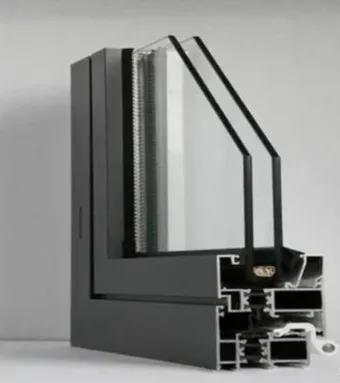
The standard configuration of the current system windows is hollow glass. There are double-layer hollow and three-layer hollow. The high-end configuration is made of 5mm tempered glass per layer. Three-layer insulating glass is generally used more in the north, and it has better heat and sound insulation performance than double-layer insulating glass. Are there more layers? There are also four-layer and laminated ones, but two-layer and three-layer are commonly used. The more glass layers, there will be some disadvantages. For example, the increase in weight will bring more pressure to the frame and cause the frame to deform. Especially in the South, they like to open windows outside. The heavier the glass, the greater the damage to the hardware, which brings safety hazards. In addition, the increase in the number of layers will also reduce the overall light transmittance of the glass, and the glass will be deformed to a certain extent after tempering. The more layers, the easier it is to be distorted. Another point is that the more layers, the higher the cost. So two or three layers of glass are enough, there is no need to have too much, unless there are special requirements, such as special sound insulation or explosion-proof requirements.
Misunderstanding 3: Glass with LOWE is good
Many sellers of doors and windows will recommend lowe glass. Lowe glass itself is a good thing. It is an energy-saving glass technology that can improve the heat insulation of the glass, block the passage of ultraviolet rays, and provide a certain degree of privacy. But it is not suitable for all occasions. First of all, it may not be suitable for flower-growing families, because less ultraviolet radiation will affect the photosynthesis of some plants; in addition, the light transmittance of lowe glass is about 10% lower than that of ordinary glass. If it is a small apartment, the light itself is not good, so this kind of glass is not suitable.
Misunderstanding 4: The bigger the glass, the better
Many people like large glass and think it has a good view. That's right, but large glass also has its shortcomings.
First of all, the larger the glass block, the less material of the window frame, and the lower the structural strength of the entire window.
Secondly, the larger the glass block, the worse the wind pressure resistance, especially for high-rise buildings or river-view rooms and sea-view rooms. High winds will cause the glass to vibrate and even produce resonance and noise.
Thirdly, the larger the glass block, the higher the requirement for the thickness of the single piece of glass, and the higher the cost. Generally, 6mm glass is used for a single glass of more than 3 square meters, 8mm glass is used for more than 4 square meters, and so on.
Finally, large blocks of glass in high-rise residential buildings, especially those with floor-to-ceiling windows without beams, can make people feel dizzy, insecure, and have poor user experience. Moreover, once a large piece of glass is damaged, the replacement cost is extremely high.
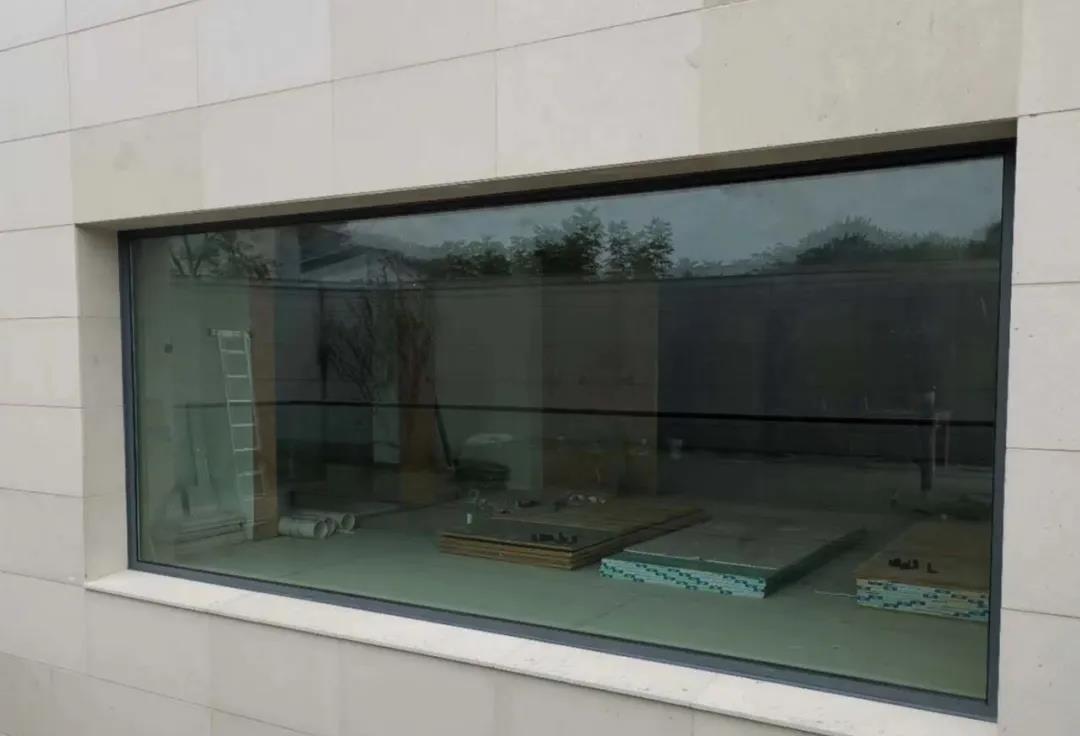
Misunderstanding 5: The more sealing layers, the better
The number of sealing layers refers to a total of several layers of sealing structure between the door and window frame sashes. Standard system doors and windows are generally sealed with three to five layers. However, in order to attract attention, some manufacturers make the sealing strips into many layers, and then they say that they have many layers of sealing, such as eight layers, ten layers, or even a dozen layers. In fact, this is a gimmick, and sometimes too many layers lead to many layers. The adhesive strips are connected together, so that once a problem occurs in one layer, it may fail together with other layers, which reduces the overall sealing performance.
In fact, distinguishing the quality of door and window sealing depends not only on the number of layers but also on the material of the sealing strip. The better sealing strip material is EPDM rubber strip, which is automotive grade rubber strip. Now the high-end EPDM rubber strips and EPDM soft and hard co-extruded rubber strips have good elasticity and are not easy to age. , It looks bright and tidy and has no peculiar smell; and those adhesive strips that look greasy and smell heavy and pungent are generally poor quality adhesive strips. No amount of sealing layers of such adhesive strips is useful.
Misunderstanding 6: The wider the profile insulation strip, the better
Broken bridge aluminum is called this name because a kind of insulation strip is used in the middle of the profile to form a broken bridge structure to prevent heat transfer, so it is called broken bridge aluminum.
So is the width of the insulation strip, the better? Not! If the insulation strip is too wide, the aluminum may be smaller, and the overall strength of the profile may be affected. We all know that the widths of aluminum profiles for doors and windows are 60, 65, 70, 75, 80 and so on. Generally, the larger the width, the thicker the window is, the better. In order to save costs, some businesses make the insulation strip larger and reduce the quality of the material, so that it is shoddy.
The material of the insulation strip is divided into two types: nylon PA66 and PVC. The performance of the nylon insulation strip is better than that of the PVC insulation strip, so when we look at the insulation strip, we should not only look at the size, but also the material.
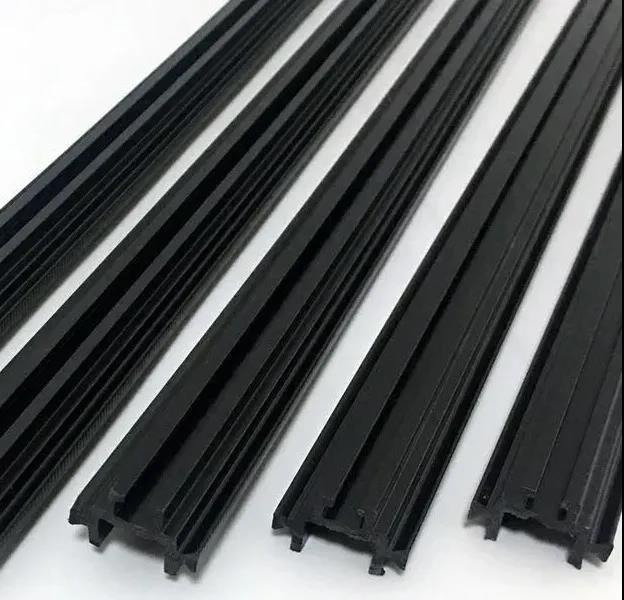
Misunderstanding 7: The more beautiful the appearance of doors and windows, the better
Some people may say, do doors and windows still have a beautiful appearance? Yes, there are. The appearance of the traditional doors and windows that we are more familiar with is quite satisfactory. What we can see is the window frame, pressure line, hardware, and glass, all of which are square and square. However, some manufacturers, especially some southern manufacturers, add a lot of tricks when designing doors and windows, such as adding some convex and concave lines on the window frame, or designing some European-style crimping lines. Such a window looks beautiful, but in fact, the performance is not necessarily good, because the special-shaped material may have some gaps when it is connected, which may cause air leakage and coldness. In addition, it is troublesome to disassemble some crimping lines with styling, which brings hidden dangers to later maintenance.
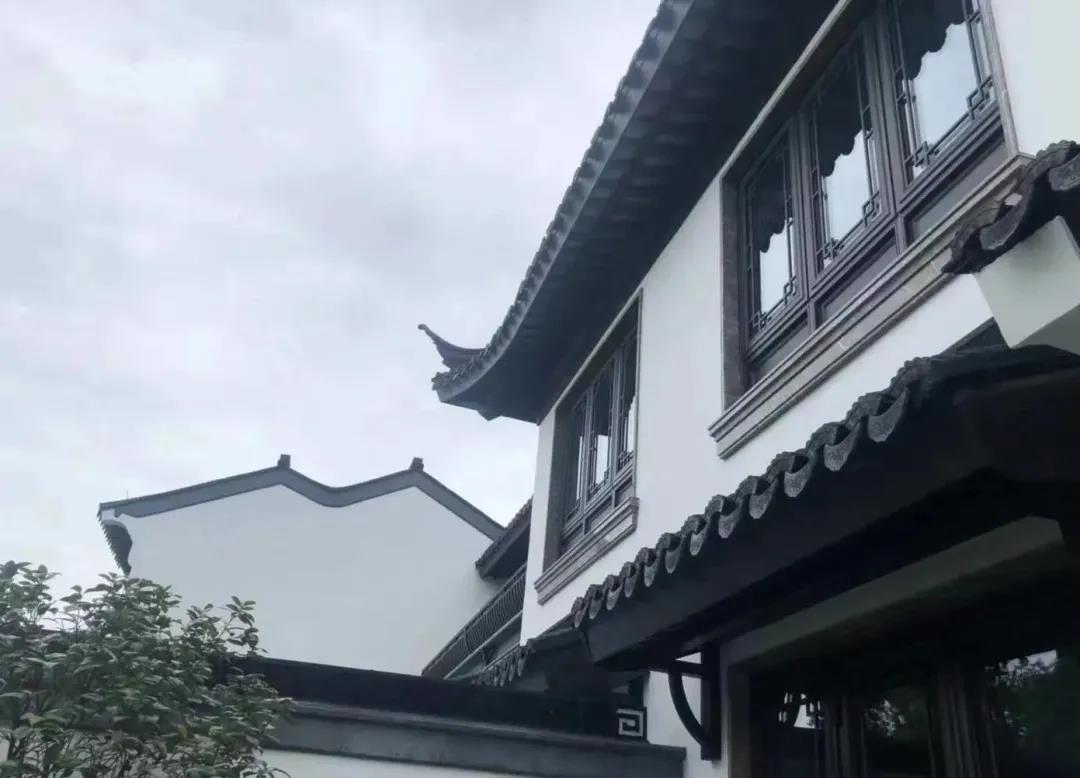
Misunderstanding 8: The higher the hardware, the better
Hardware is the soul of doors and windows, which directly determines the opening form, sealing degree and service life of doors and windows.
Nowadays, the commonly used door and window hardware include inner side-opening hardware, outer-opening hardware, and inner-opening and inner-down hardware. There are also some high-end hardware that have emerged in recent years, such as hidden inward opening and inverted hardware, and smart opening hardware.
When choosing hardware, we try to choose some traditional common hardware. Such hardware technology is relatively mature, durable and not spoiled, easy to repair and replace, and cheap. And some of the newly listed high-end hardware, although it looks tall, but the technology is not mature enough, relatively squeamish, cumbersome to maintain and the price is high.
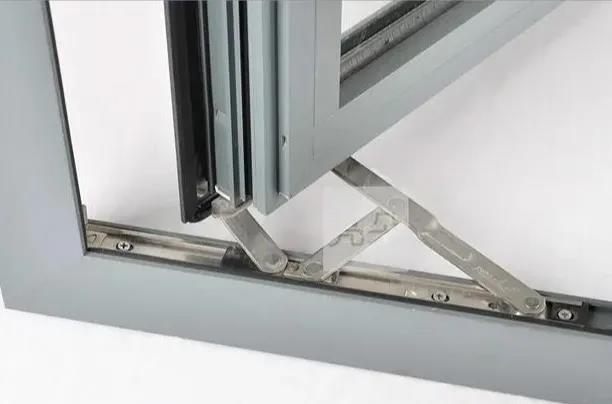
The above are the eight misunderstandings of broken bridge aluminum doors and windows that I have summarized. I believe you will have a deeper understanding of broken bridge aluminum doors and windows after reading them. When you choose to buy them, you can compare them one by one. Doors and windows.




